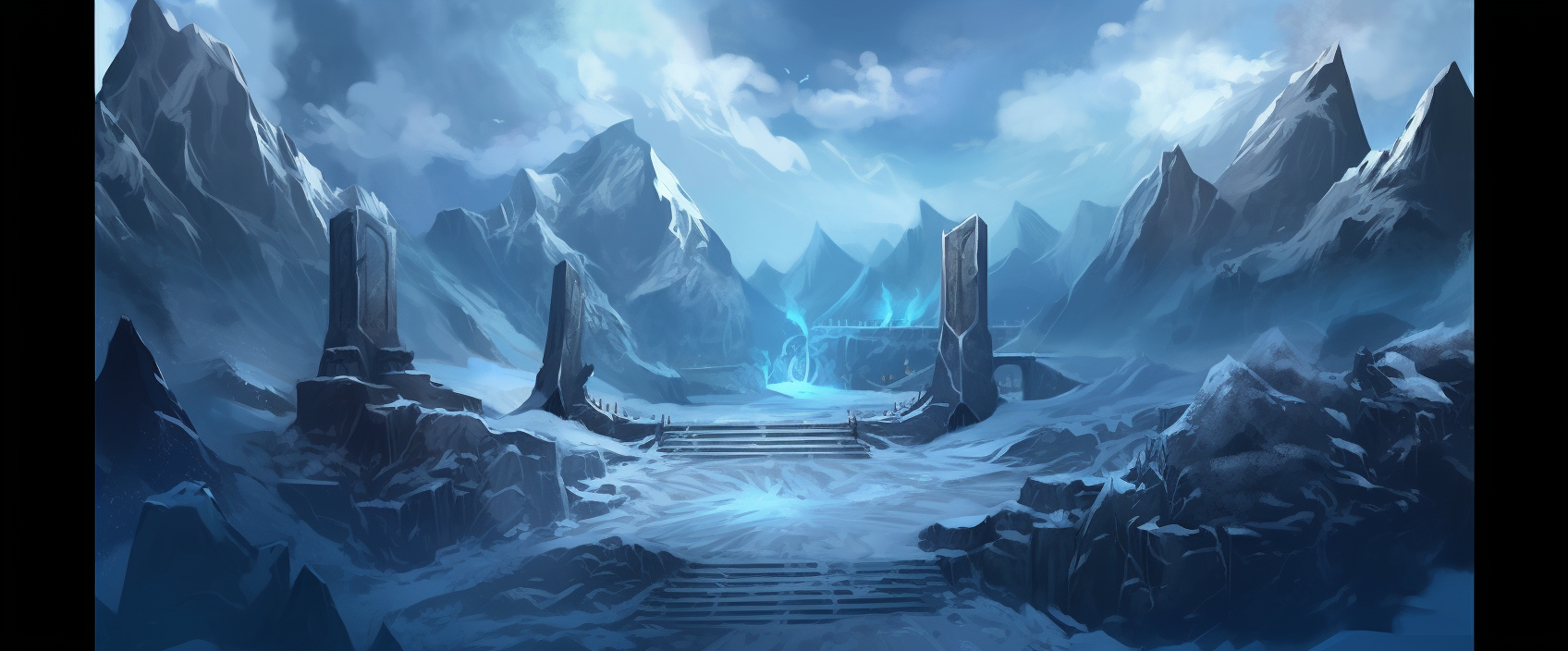Art on the Blockchain: Exploring NFTs for Collectors

Enter the World of NFTs: Kickstart Your Digital Assets Journey Today
Discover, Invest, and Engage with Comprehensive Cryptocurrency Solutions
Ignite Your Crypto Odyssey Today – Get Your Free NFT Collecting Guide Now!
1. The Intersection of Art and Cryptocurrency: Non-Fungible Tokens (NFTs) for Collectors
The art world has always been a place of intrigue and prestige. Pieces of art are often sold for millions, and the artists behind them have become household names. However, with the rise of cryptocurrency, a new form of collecting art has emerged – through non-fungible tokens (NFTs). Here are six key things to know about NFTs and how they intersect with the art world:
2. 1. What are NFTs?
Non-fungible tokens, or NFTs, are unique digital assets that have become increasingly popular in the crypto community. Unlike traditional cryptocurrencies like Bitcoin, which are fungible (meaning one unit is interchangeable with another), NFTs are individual units that cannot be replicated or exchanged for one another.
3. 2. How do NFTs work in the art world?
Artists can use blockchain technology to create one-of-a-kind digital pieces that can be verified as authentic and exclusive through an NFT. Buyers can then purchase these pieces using cryptocurrencies like Ethereum and display their ownership through a digital ledger.
4. 3. Why do collectors buy NFT artwork?
For collectors, owning an NFT represents true ownership of a unique piece of work in a way that was previously impossible for digital art. This has created a new market for artists who specialize in digital mediums such as graphic designers and animators.
5. 4. What do NFT sales mean for the art market?
NFT sales have been breaking records recently, with some selling for millions of dollars at auctions held by major auction houses like Christie's. While this has caused some controversy within the traditional art market, many see it as an exciting new avenue for artists to showcase their work.
6. 5. Challenges and controversies surrounding NFTs
As with any new technology, there are some challenges and controversies surrounding the use of NFTs. One concern is the environmental impact of crypto-mining needed to produce them. Additionally, there have been instances of fraud and copyright issues related to the NFT artwork.
7. 6. The future of NFTs in the art world
While it's still early days for NFTs in the art world, many believe that they will continue to grow in popularity among collectors and artists alike. As blockchain technology becomes more prevalent, we may see even greater adoption of NFTs as a way to verify ownership and authentication for a range of digital assets beyond just art. In conclusion, non-fungible tokens represent a new frontier for collectors and artists looking to explore the intersection between art and cryptocurrency. As this market continues to evolve, we can expect to see even greater innovation in how artists monetize their work, while collectors continue to search for truly unique pieces that represent an investment like no other.